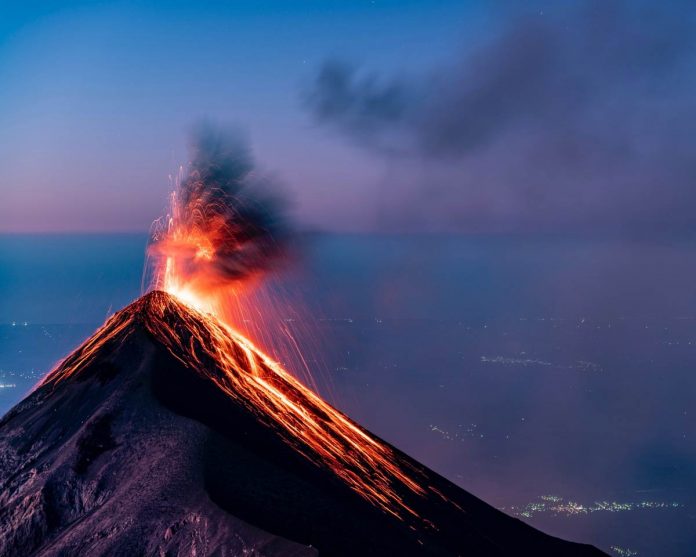A new study found out that hotspots that created volcanic islands like Iceland may often prove surprisingly cool. Scientists said, hotspots may not originate from giant plumes of very hot rock welling up from near Earth’s core.
Volcanoes are found near the borders of tectonic plates. These are originated from clashes between giant rocks as they drift on top of the mantle layer between Earth’s core and crust. An example is Ring of Fire on the Pacific Rim.
Volcanos can sometimes erupt in the middle of tectonic plates. The source can be mantle plumes ascending from the deep mantle to sear overlying material like a blowtorch. Scientists think chains of volcanic isles can emerge as tectonic plates wander over such plumes.
Scientists previously thought volcanic hotspots are 100 to 300 degrees Celsius hotter than mid-ocean ridges. In this place magma rises as tectonic plates spread apart underwater. Scientists said, hotspots were heated by matter from near Earth’s hot core and mid-ocean ridges by cooler mantle rock.
Now scientists are saying that many hotspots are dramatically cooler than they thought. This is also raising questions about their origins.
A team of scientists analysed the velocity of seismic waves rippling through the mantle underneath oceanic hotspots. They have estimated the temperatures at those sites.
They found out 45% of hotspots are more than 155 C (279 F) hotter than mid-ocean ridges. 40% are only 50 to 136 C (90-245 F) hotter than the same. These are not actually hot and therefore not buoyant enough to support the active upwelling of rock from the deep mantle. 15% of hotspots are cold. They are 36 C hotter or less than mid-ocean ridges.
This gave insights about the origins of these different varieties of hotspots. Scientists also measured the ratio of rarer helium-3 to more common helium-4 in their rock.
Helium found in Earth’s crust is mostly helium-4. This helium-4 arises from the breakdown of uranium and other radioactive isotopes over time. The helium from deep Earth is richer in helium-3. Scientists found out hot hotspots have higher ratio of helium-3 than cold hotspots.
The classic hotspots originate from plumes welling up from the deep mantle. Scientists said, cooler hotspots originate in the upper mantle. They can also originate from slow-moving deep plumes that have more time to cool.
Scientists said, later they will analyse every hotspot in more detail to get an even better sense of their temperatures. They will also have more computer simulations testing in future.

